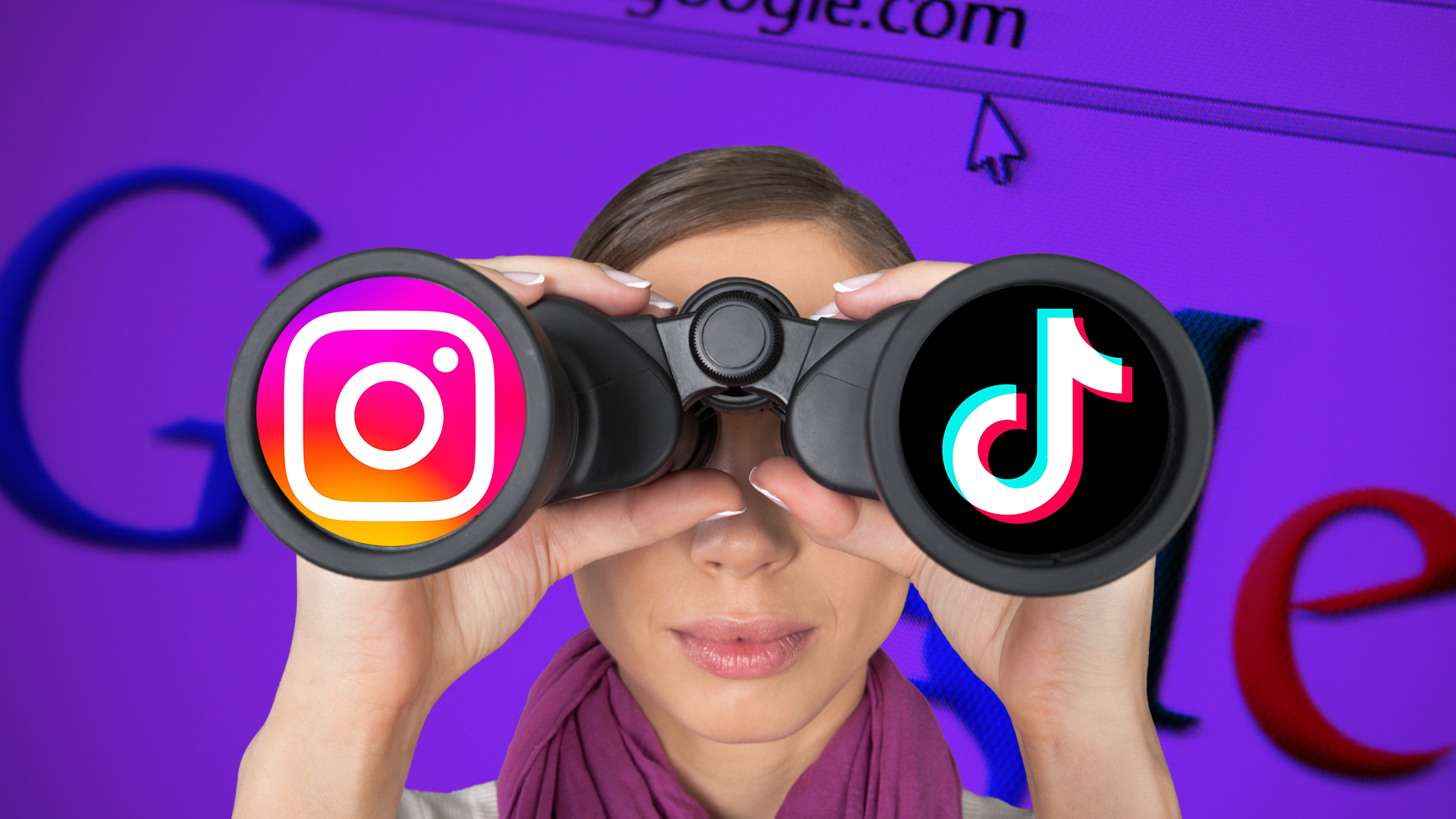Google has long been recognized as the top-tier search engine for anything and everything, hence the popular remark, “i-Google mo” (Google it), when people need information. However, it seemed that this was no longer the absolute case, as Google’s recent study revealed that about 40% of Gen Z now use TikTok or Instagram as their go-to platforms when searching for restaurants and eateries online.
Gen Z’s new ways of searching
At a Fortune Brainstorm Tech conference, Google’s Senior Vice President Prabhkakar Raghavan tackled with the host the evolving internet users’ behavior and the future of the search engine giant. Handling the company’s Knowledge and Information Organization, he elaborated on the topic of how “younger users are using search in different ways.”
According to Raghavan, new internet users no longer possess the “expectations and mindset” that other users, especially the older ones, had been used to. Citing data from their internal studies, he said that about 40% of young internet users no longer go to Google when searching for places to eat at. They now go to social media platforms such as TikTok and Instagram instead.
Raghavan also stated that the questions that young users ask are “completely different” as they are not used to typing “keywords” that older generations were accustomed to. Immersive content, as it seemed, were more appealing to them, which made sense as to why the two platforms appeared to be taking over. “The journey begins in different forms than before,” he described.
Google’s plans to keep up
This case manifested how young users were posing new behaviors relating to internet searches, and Google does not plan to just watch idly by. As a response, Raghavan shared upcoming advances to Google Maps services.
The first that he shared was the use of “augmented reality,” wherein holding up one’s phone would show the exact direction depending on where the user is standing. No more having a hard time figuring out “which way that way is,” as he explained.
Another was bringing 3D maps that would provide real-time information about how busy or packed a place is. It was helpful, especially in the current pandemic situation where people are concerned about whether or not a specific location is “too crowded.”
While the data revealed may show the breaking of the notion of Google as the go-to search engine for anything and everything, it is essential to note that this is only the case for the young generation and their food place searching behavior. Such information may not extend to when searching for other matters like facts, for instance.
Other POP! stories you might like:
Instagram steals thunder from TikTok as most downloaded app in the world
Beyoncé, music royalty and queen of virality, joins the TikTok wave



